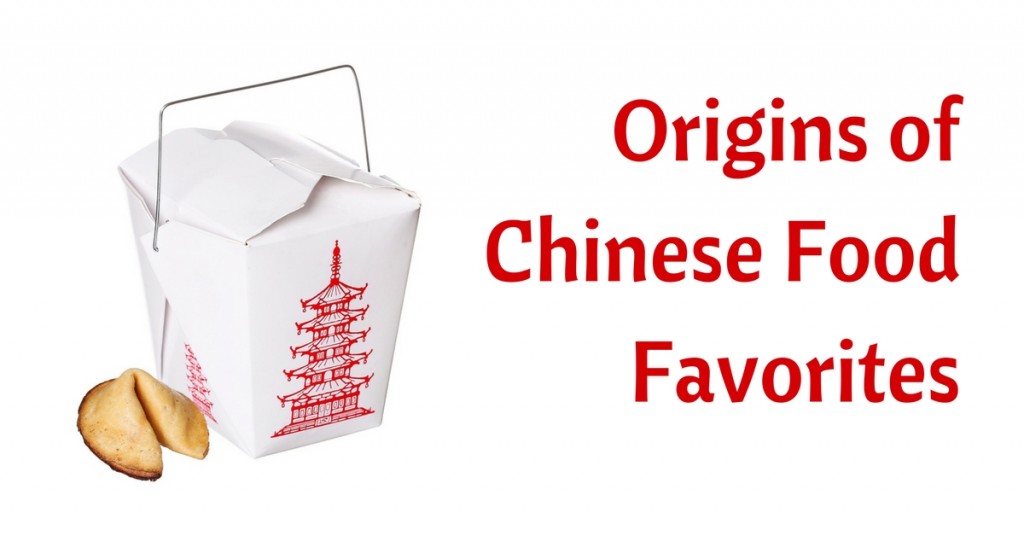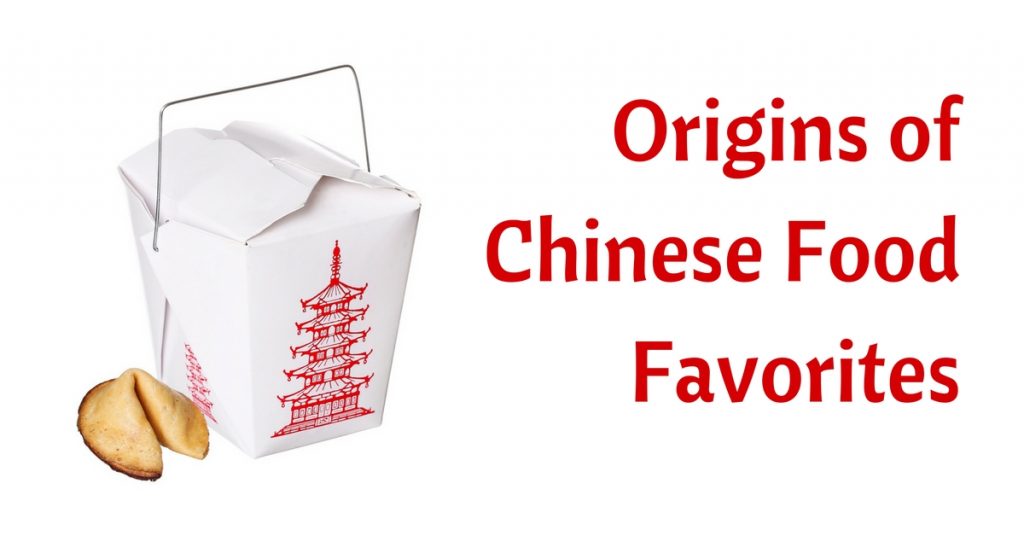You probably knew that a lot of the most popular food items at Chinese restaurants in the U.S. aren’t authentic dishes from the Far East. But do you know how they came to be staples at your corner takeout joint?

Crab Rangoon
They’re deep-fried wonton wrappers filled with cream cheese, crab (real or imitation), scallions, and spices, and they first appeared in the U.S. in the 1950s. They were on the menu at Trader Vic’s, the era’s hugely popular chain of Polynesian-style “tiki”-themed bars and restaurants. And while they’re on the menu at thousands of Chinese restaurants today, Trader Vic himself, Victor Bergeron, claimed that Crab Rangoon was an old dish from Burma. (Rangoon is the capital city of Burma.) The real origin of the Crab Rangoon: Trader Vic’s. They didn’t come from Burma because wonton wrappers are from the Canton region of China…and cream cheese (not to mention dairy products in general) are almost entirely absent from Southeast Asian cuisine.
General Tso’s Chicken
The name and spelling may differ from location to location (Tso, Zuo, Joe, Tsao), but the dish itself is consistent: morsels of deep-fried chicken in a thick, red, sweet and spicy sauce. “Tso” refers to the powerful 19th century Chinese general Tso-Tsung-t’ang. He died in 1885—a good 70 years before the invention of the dish named in his honor. In 1949, chef Peng Chang-kuei fled the Communist takeover of China for Taiwan, where he created and named General Tso’s Chicken sometime in the 1960s. In the 1970s, a Chinese food craze hit New York, triggered in part by the well-reported state dinner President Nixon enjoyed on an official visit to China in 1972. Seeking new ideas, two different New York chefs sent to Taiwan and came back with General Tso’s Chicken. Two different restaurants, both serving the dish, opened within weeks of each other in 1973.
Fortune Cookies
In 19th century Japan, it was customary to serve tea with “fortune crackers,” or lightly sweetened cookies that inside contained a piece of paper etched with a line of poetry. Japanese immigrants brought the custom with them to San Francisco and Los Angeles in the early 20th century. Since Japanese food was still very obscure in the U.S., many Japanese immigrants found work in low-cost, Chinese-style “chop suey houses.” As chop suey houses became Chinese restaurants, the cookies survived the evolution. The first place to replace the poetry lines with fortunes was the Hong Kong Noodle Company of Los Angeles, who came up with the idea in 1918.








